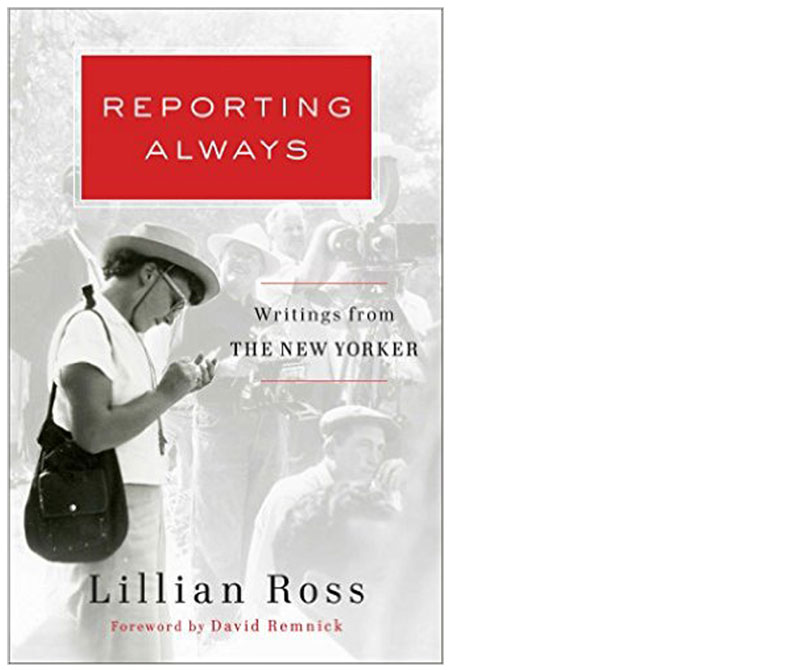
He had told me he was in love with me I was in love with my work, and I was becoming dangerously drawn to him. “He was then the managing editor of The New Yorker and was married, with young children. “I actually was taking that opportunity to try to escape from my personal entanglement with my editor, William Shawn,” she writes. Ross is especially transparent in her introduction to the fiftieth-anniversary edition of Picture from 2002-included in the current reissue from NYRB Classics-in which she discusses one of the factors that led her to accept Huston’s invitation, extended in 1950, to follow him and the production of The Red Badge of Courage.

Though Ross, a writer for more than sixty years at the New Yorker-where Picture, under the title “Production Number 1512,” was first published, in five installments-was renowned for her fly-on-the-wall reporting, she is not always invisible in the book “I” pops up intermittently. Envisioned by Ross as “a fact piece in novel form, or maybe a novel in fact form,” Picture endures as a key work of proto–New Journalism. Mayer), by the beleaguered (producer Gottfried Reinhardt) and the overweening (MGM head of production Dore Schary), and by various hypocrites, toadies, greenhorns, and wives. The book is populated by raffish heroes (Huston) and tyrannical philistines (Louis B.

First published in 1952, Lillian Ross’s Picture, an eyewitness report of director John Huston’s adaptation of The Red Badge of Courage, remains the paradigm of a slim genre, the nonfiction account of a movie’s making (and unmaking): from shooting to editing to studio meddling to publicity planning to preview screening to more studio meddling to, finally, theatrical release.


 0 kommentar(er)
0 kommentar(er)
